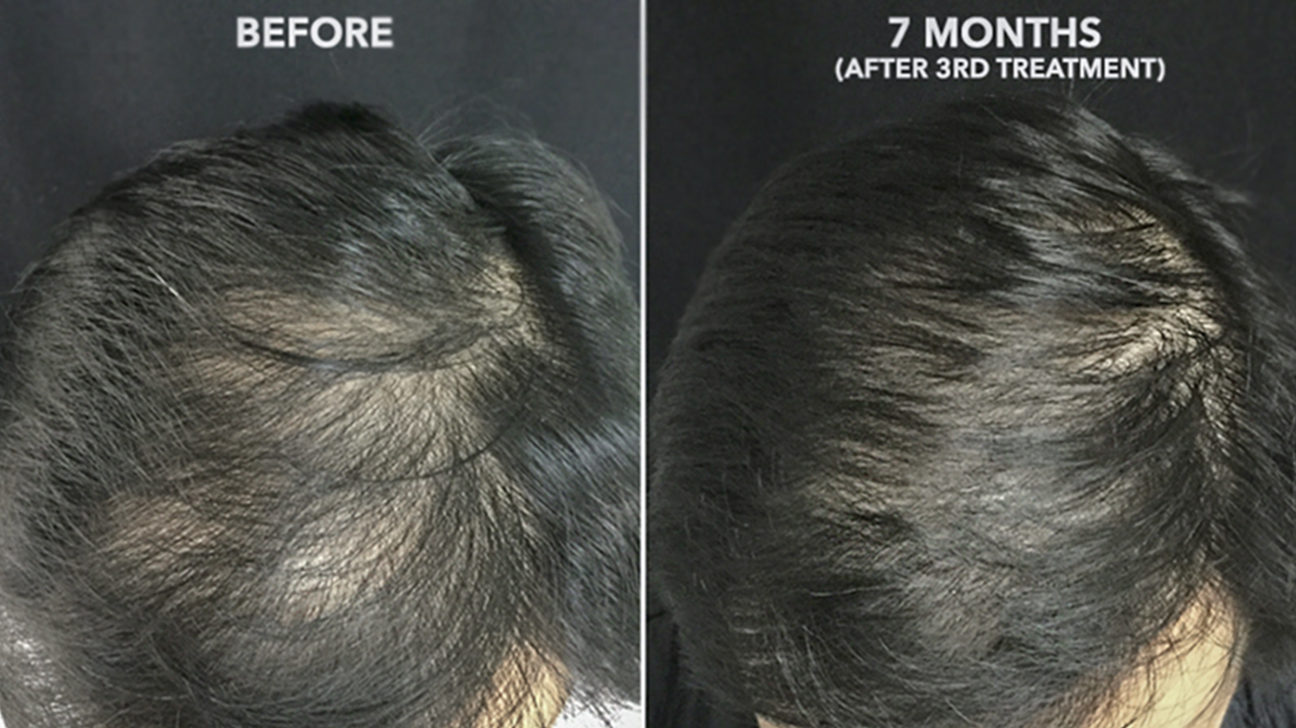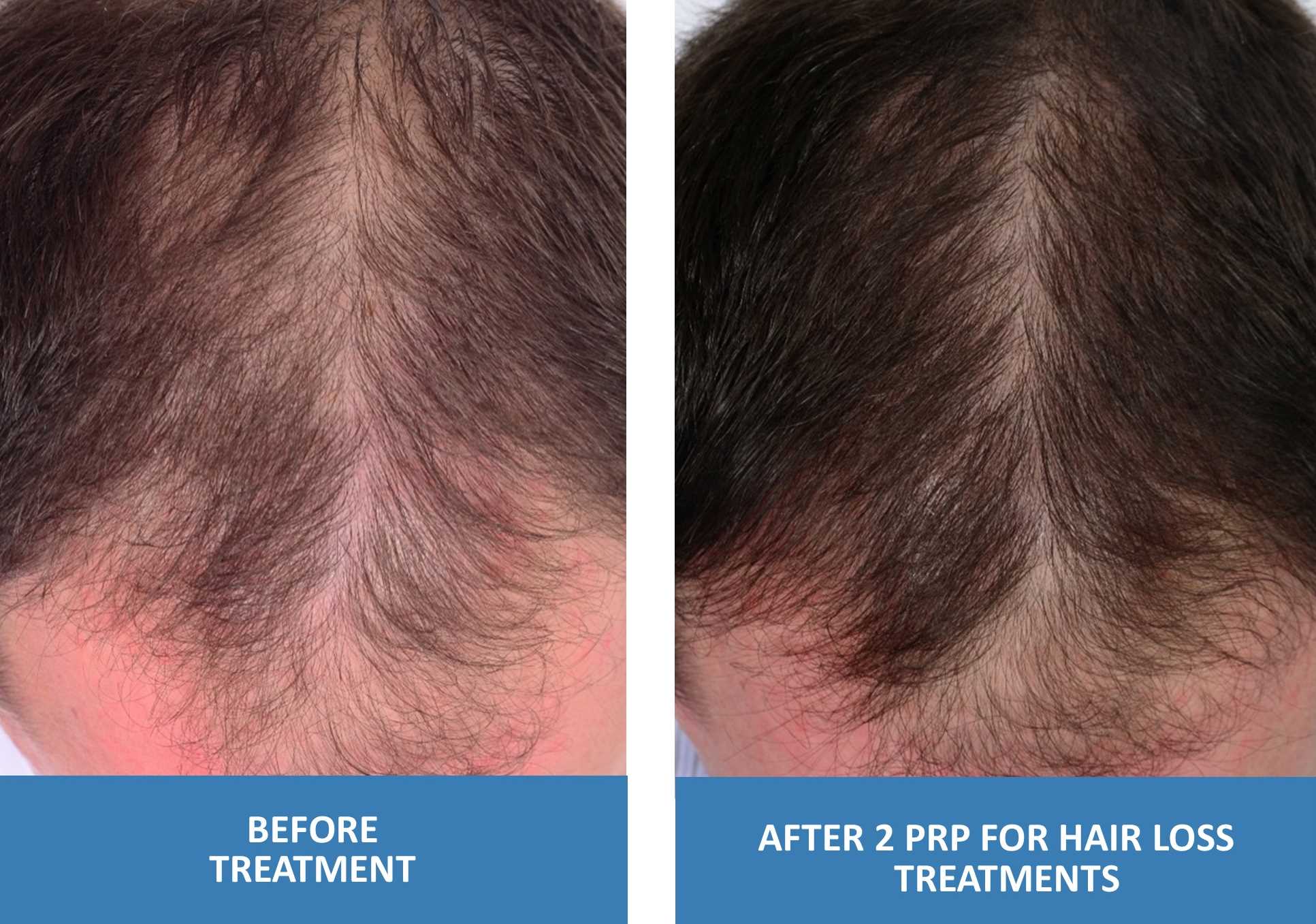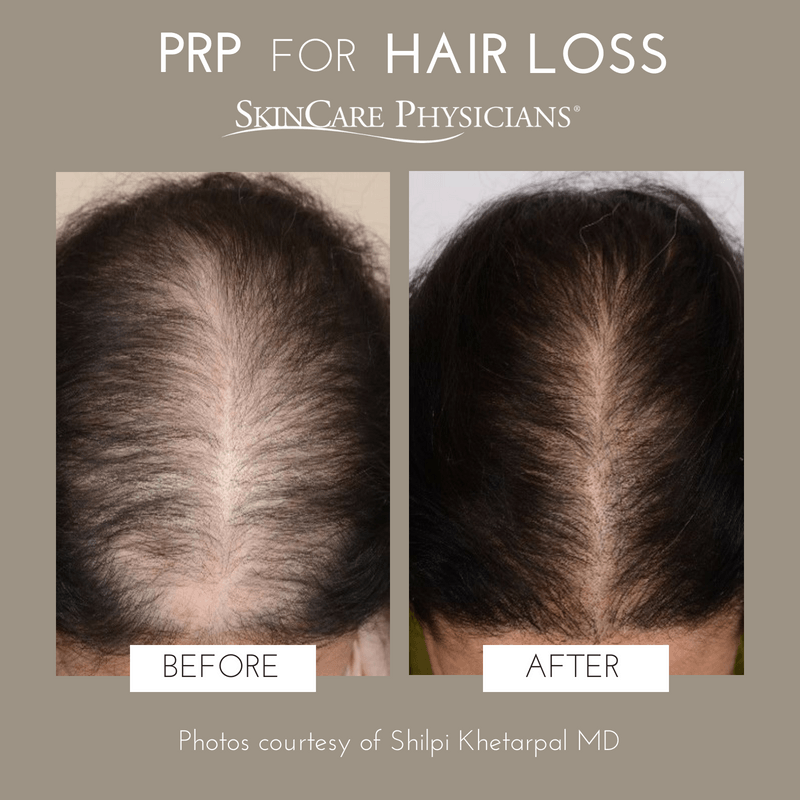Table Of Content

Maintenance treatments every six to 12 months are sometimes necessary for continued regrowth. Doctors often prescribe oral medications to be used along with topical minoxidil because studies show the combination boosts hair production. Low-dose oral minoxidil (prescribed off-label) has been found to be effective and safe for most patients, Mirmirani says. Other oft-used drugs include finasteride (Propecia) and spironolactone.

How do trees and green spaces enhance our health?
This creates a more favourable environment for follicle growth and maintenance. Because of the growth factors in PRP, dermal papilla cells proliferate. These cells are essential for the growth and regeneration of follicles. Activating dormant follicles and promoting the production of new cells can lead to thicker, fuller growth over time. Additionally, it helps prolong the growth phase of the hair cycle, resulting in longer-lasting results. If you’re dealing with male- or female-pattern hair loss, you have a variety of treatment options at your disposal.
What color is your tongue? What's healthy, what's not?
More scientific research will have to conclude its effectiveness before it is more widely covered. A meta-analysis published in September 2017 in the Journal of Cosmetic Dermatology also explored the effect PRP could have on increasing hair number and thickness based on current studies. The researchers found there might be a correlation, but said it was too soon to say because the studies were small and the results weren’t significant. Here, learn what PRP is, who it’s best suited for, and the potential risks to be aware of. Individuals who are completely bald in the area of concern are not likely to experience any benefit.
PRP Therapy Benefits
Platelet Rich Plasma Treatment for Hair Loss: Here's What to Know - Allure
Platelet Rich Plasma Treatment for Hair Loss: Here's What to Know.
Posted: Thu, 24 Jun 2021 07:00:00 GMT [source]
Patients may need periodic maintenance sessions to maintain the results over the long term. These sessions help reinforce the initial treatment’s effects and support ongoing growth and health. For example, sometimes a topical numbing lidocaine solution is applied to your scalp before injection. You may have to arrive early to a treatment session if this is the case. Doctors first used PRP in medicine in Europe in 2005, says Jeffrey Rapaport, MD, a board-certified dermatologist based in Englewood Cliffs, New Jersey.
What are the best treatments for alopecia?

PRP hair restoration is safer and less invasive than hair transplant surgery. The doctors who perform it affirm it can boost the follicles and slow the rate of hair loss. Injections of platelet-rich plasma (PRP) can be used to treat a variety of conditions, from pain relief to cosmetic procedures. Its effectiveness can vary from person to person due to factors such as the severity of Alopecia, individual response to treatment, and adherence to post-treatment care.
By Lindsay CurtisCurtis is a writer with over 20 years of experience focused on mental health, sexual health, cancer care, and spinal health. Doctors and researchers also need to identify the best candidates for PRP and develop universal treatment protocols.
How does PRP therapy compare with other options?
Maintainance therapy can eventually be taken after 6-8 months. With wounds and injuries one treatment of platelet-rich plasma may be enough. Male-pattern hair loss is what causes a receding hairline and baldness in men. In women, female-pattern hair loss typically affects the crown or top of the head first, Mirmirani says. Women may notice that their part is becoming wider or that their scalp is more visible.
Patient Testimonials
Platelet Rich Plasma (PRP) for Hair Restoration - WFLA
Platelet Rich Plasma (PRP) for Hair Restoration.
Posted: Wed, 02 Aug 2023 07:00:00 GMT [source]
It’s another expensive treatment that isn’t generally covered by insurance, but it tends to be a long-lasting solution. Some small, limited studies have found that certain supplements and shampoos could be helpful, dermatologists say. However, your best bet if you’re suffering from hair loss is to see a board-certified dermatologist who can determine what’s causing your alopecia and then recommend a treatment plan. So it should come as no surprise that there are seemingly endless new and interesting developments in the hair loss category for men all the time.
Always talk to your doctor about the risks and benefits of any treatment. PRP is extracted from your blood using a centrifuge-like mechanism that can separate the substance from your blood and increase the concentration of specific proteins that promote healing. Hair loss and thinning hair are common problems across all genders.
After the platelet-rich plasma infusion in about 2-3 months, one can except a significant hair growth. About 3 infusions are good enough to boost the hair growth completely. However, we need to understand that the results are gradual and they will continue to improve for 3-6 months after the last treatment.
Your hair can be a clue to several health issues, from stress to anemia to thyroid disease. You will be able to gently style your hair immediately following the procedure. Local pain and temporary swelling may occur at the sites of injection.
As the centrifuge quietly hummed, Deirdre Murphy, the nurse who drew my blood, started to lay out small syringes that would be used to inject my own growth factor-full PRP back into my skull. If that doesn’t sound like a lot of syringes to you, I don’t know what to tell you man, because that is a lot of stuff going into my skull if you ask me. But judging by my family history, I could make a case that it’s only a matter of time.
Physicians began using PRP therapy about a decade ago to speed up the healing process in damaged joints after injury or surgery. Plasma is a component of your blood that contains special “factors,” or proteins, that help your blood to clot. Viral hair loss products have been gaining media popularity, but can they help with alopecia? Rapaport says PRP isn’t confined to doctors’ offices anymore. You may see it offered as a service at a spa, but Rapaport says to be careful if a thorough consultation isn’t included. He says PRP can be dangerous if technicians are sloppy and aren’t using FDA-approved tubes or aren’t careful about making sure your blood — and only your blood — is injected.
We will discuss everything there is to know about PRP for hair loss. Why you should get one, what you can expect, aftercare, and more. PRP has been shown to help with hair transplant survival by pretreating areas prior to harvesting. There is generally an induction phase which consists of three monthly treatments followed by maintenance treatments every three to six months. After undergoing the treatment, patients often have questions about the longevity of the results and what maintenance is required to preserve them.
No comments:
Post a Comment